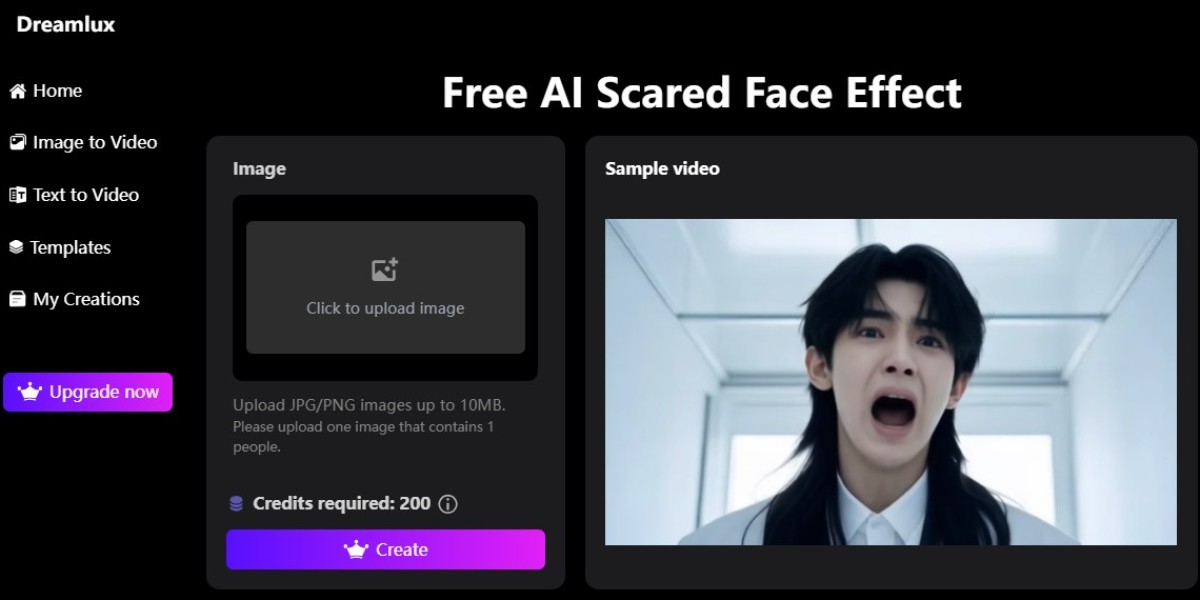The ongoing debate in the AI industry centers increasingly around the meaning of “openness” and transparency—terms often used but less frequently understood. At the forefront of this conversation is Endor Labs, an open-source security firm dedicated to navigating these complexities.
Andrew Stiefel, a Senior Product Marketing Manager at Endor Labs, highlights how lessons from software security can be applied to AI, underscoring the importance of transparency. Stiefel points out that the 2021 US Executive Order on Improving America’s Cybersecurity mandates a software bill of materials (SBOM) for products sold to federal agencies. This document acts as an inventory of open-source components, essential for detecting vulnerabilities. Stiefel argues that implementing similar practices in AI systems is imperative for heightened security and transparency.
Julien Sobrier, Senior Product Manager at Endor Labs, adds depth to this discussion, unpacking the notion of an “open” AI model. Sobrier explains that for a model to be truly open, all its components, including the training set and weights, should be available as open source. He calls for consistent definitions across major players like OpenAI and Meta to prevent confusion and the practice of “open-washing”—where claims of openness mask underlying restrictions.
Navigating the Challenges of AI Transparency
The landscape of AI also involves the challenge of avoiding traps like “open-washing,” where companies might offer partially open models while maintaining commercial controls. Sobrier warns of cloud providers offering paywalled versions of open-source software without meaningful contribution back to the community.
In a promising shift towards genuine transparency, companies like DeepSeek have released parts of their AI models as open-source, enabling greater transparency into their operations and security protocols, as noted by Stiefel. This move supports community audits and offers insights into how AI infrastructure can be managed at scale, despite some early security missteps.
The Rising Popularity of Open-Source AI Models
The trend towards open-source AI is clear, with an IDC report showing 60% of organizations opting for open-source over commercial AI models. Research by Endor Labs reveals organizations often use a slew of open-source models to leverage tailored solutions while controlling costs. Stiefel remarks on the community's dynamic progress, pointing to the extensive lineage of models derived from DeepSeek’s original framework.
With this growing adoption comes an emphasis on evaluating AI models as critical dependencies, akin to open-source libraries, to ensure legal and operational compliance. Evaluating risks related to training datasets is equally important to prevent poisoning or exposure of sensitive information, as Sobrier highlights.
Implementing a Systematic Risk Management Framework
For successful risk management in AI environments, Stiefel proposes a structured approach: discovery of AI models in use, evaluation of potential risks, and implementing response strategies. Balancing innovation and risk management is crucial in empowering engineers while maintaining security oversight.
Sobrier concludes that industry-wide best practices and methodologies are crucial for assessing AI models across parameters of security, quality, and openness, ensuring safe and responsible adoption.
The discourse on AI transparency and open-source continues to bear significant relevance as the technology underpinning today’s AI evolves. Given the challenges and opportunities, leaders like Endor Labs strive to redefine industry standards in a responsible direction.
The Future of AI in Video Content Creation
Today, video is one of the most powerful ways to tell a story. Whether you're a marketer, a content creator, or someone who just loves visual storytelling, videos help connect with people. But making high-quality videos the traditional way takes time, money, and skill.
That’s why AI video generators are changing the game.
With platforms like Dreamlux, you can turn simple images or text into impressive videos in minutes. No editing experience needed. These tools can add animations, transitions, and even voiceovers automatically. It’s a faster, easier way to create content—and it opens up a lot of new creative possibilities.
But there’s more AI can do.
Try the AI Scared Face Effect for Powerful Emotions
One of the most exciting new features is the AI Scared Face Effect. This tool takes a photo of a person and turns it into a short video where their face slowly changes—showing fear, panic, and a helpless scream.
It’s perfect for horror stories, dramatic scenes, games, or just making something surprising and fun. With just one image, you can create a scene full of emotion and tension. The effect makes it look like the person is truly terrified, with wide, frightened eyes and a shocked expression.
How to Use Dreamlux to Create a Scared Face Video
Here’s how to try AI Scared Face Effect using Dreamlux:
- Go to the official website: https://dreamlux.ai and click on "Templates"
- Choose "Free AI Scared Face Effect"
- Upload a photo of the person you want to transform
- Click "Create" and watch the face slowly shift into fear.
From fun effects to intense emotions, AI is making video creation easier, faster, and more expressive than ever before.









